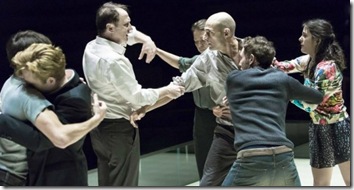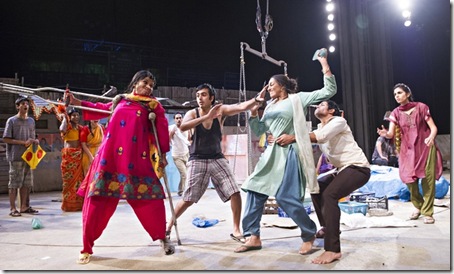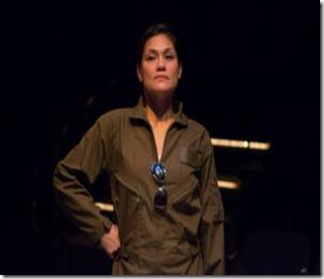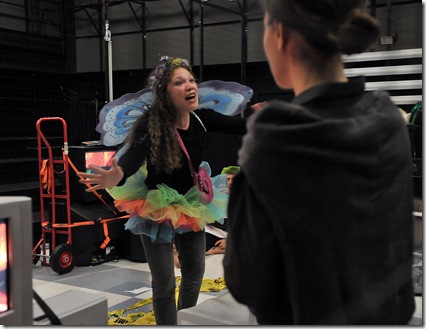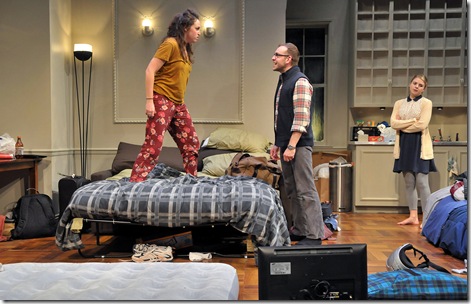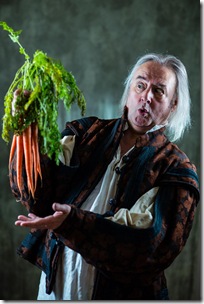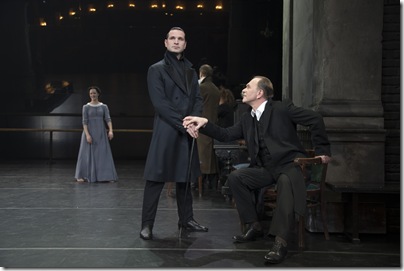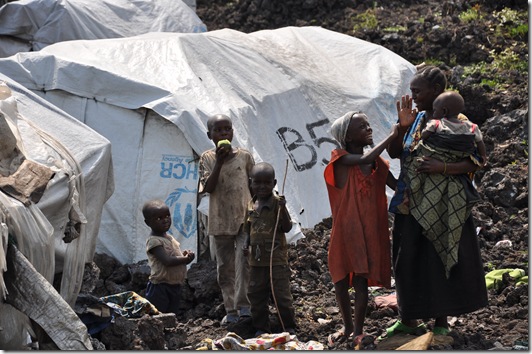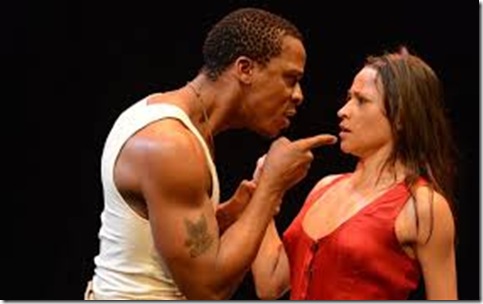Lipsynch au Festival TransAmériques : le théâtre de Robert Lepage et l’ouverture vers le monde.
Le théâtre québécois s’inscrit désormais dans le réseau des théâtres des Département français des Amériques, depuis que certains artistes ont entrepris des collaborations qui ont fécondé la créativité de part et d’autre. Notons la collaboration exceptionnelle entre Denis Marleau (directeur artistique du Ubu, compagnie théâtrale, Montréal) et José Pliya (Etc Caraïbe, C.D.R. l’Artchipel, Guadeloupe); entre la compagnie de José Exélis (Les Enfants de la mer) et Stéphane Martelly (Départ); entre Diane Pavlovic (de l’école nationale du théâtre à Montréal) et l’Association Textes en Paroles de la Guadeloupe; notons encore plus récemment, la collaboration entre le metteur en scène Sylvain Bélanger (de la troupe québécoise Théâtre du Grand Jour), l’acteur Erwin Wache d’origine haïtienne mais formé au Québec, et le dramaturge martiniquais Bernard Lagier dont la pièce Moi, Chien Créole est déjà programmée pour la rentrée 2007-08 sur les scènes à Montréal et à Ottawa. Et…nous venons d’apprendre que Ruddy Sylaire jouera le rôle principal dans la nouvelle production d’Othello, mise en scène par Denis Marleau. Rien d’étonnant de ces rencontres artistiques entre le Québec et les D.F.A. Plutôt, on se demande pourquoi elles ont mis si longtemps à se réaliser étant donné les affinités linguistiques entre les régions.
